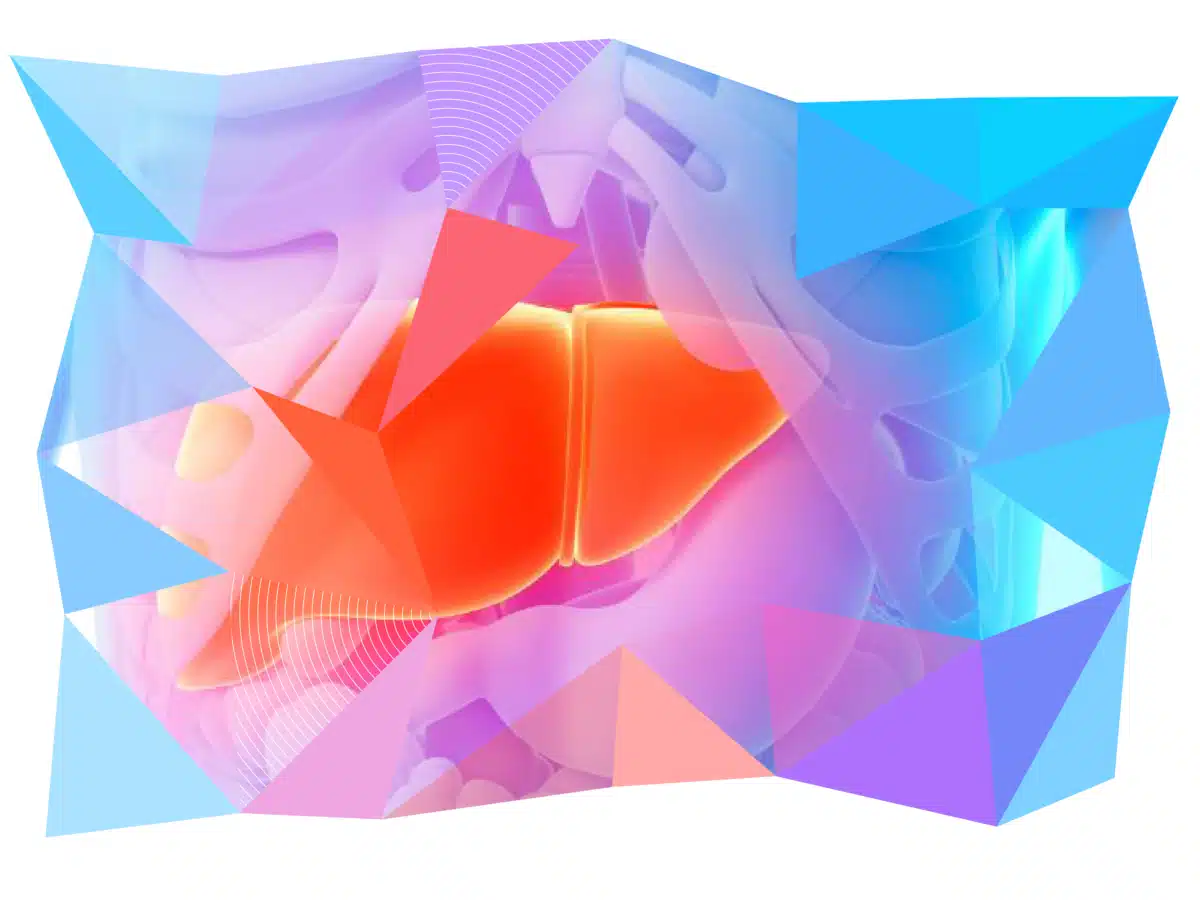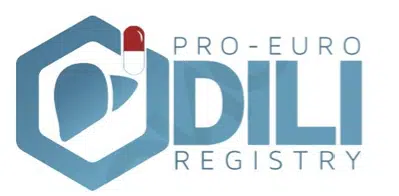This story is based on a Technopolis COST Impact Analysis and interviews with participants in the Action.
Why DILI research matters
Drug-induced liver injury (DILI) is a disorder whereby drugs, including pharmacological therapies, traditional medicines, and herbal or dietary supplements, cause liver damage. There are two forms of DILI: intrinsic DILI, which is dose-related and occurs shortly after exposure, and idiosyncratic DILI, which is unpredictable, driven by host factors, and occurs several weeks after exposure. Idiosyncratic DILI poses a major risk in drug development and clinical practice.
The COST Action Prospective European Drug-Induced Liver Injury Network (PRO-EURO-DILI-NET) was initiated to address the complex challenge of idiosyncratic DILI. The ultimate goal was to prevent and pre-empt DILI, develop innovative therapeutic approaches to improve clinical outcomes, and raise public awareness. The network also aimed to create a forum for knowledge exchange and training for young researchers.
Watch the videos produced by the Action to hear the stories of patients affected by DILI:
Tangible results with wide reach
PRO-EURO-DILI-NET members produced 33 publications, with a high proportion of co-publications from industry and government, including the Roadmap to DILI Research in Europe and the expert Consensus Statement. They also developed a standardised approach to DILI diagnosis and management and created a registry for DILI patients.
One of the most notable impacts of these collaborations was the development of the EASL Clinical Guidelines. These guidelines provide practical strategies for the detection, diagnosis and prevention of DILI, marking a groundbreaking achievement as the first unified protocol in the field that serves as a major guide for clinicians, regulators, and the pharmaceutical industry.
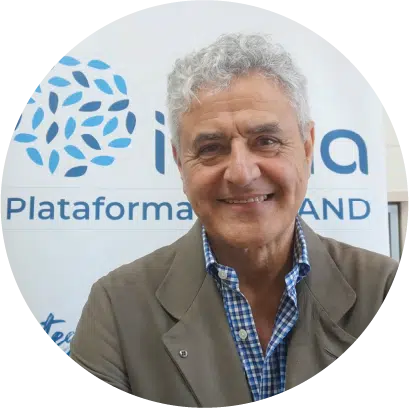
“COST is all about making it easier for people who might not otherwise have a platform to step into the research world.”
According to Prof Raul Andrade from the University of Malaga, Chair of PRO-EURO-DILI-NET: “In practical terms, the most visible impact of COST was to welcome anyone with an interest, regardless of expertise level. COST creates an open door for people from diverse backgrounds to become part of a dynamic research community. This inclusiveness is crucial for sharing knowledge, sparking education and discovering new talent. COST is all about making it easier for people who might not otherwise have a platform to step into the research world.”
“COST opens the door” for young researchers
The Action equipped young scientists with new skills, real-world experience and international exposure, ensuring that fresh ideas and innovation continue to drive research forward. COST STSMs (short-term scientific missions) were an ideal tool for this purpose.
One outstanding example is the STSM of Olga Estévez Vázquez, which focused on using transparent zebrafish to study liver disease. While traditional research often uses mice, rats or human cells, zebrafish embryos offer a unique advantage in that they are transparent. This allows researchers to observe in real time how factors such as fat, alcohol and drugs affect organs like the liver. This enables more precise, non-invasive research into disease processes.
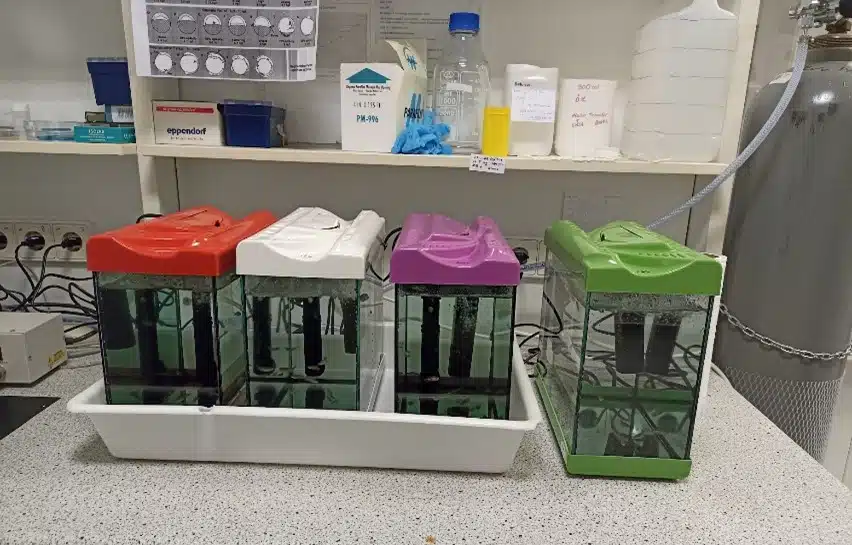
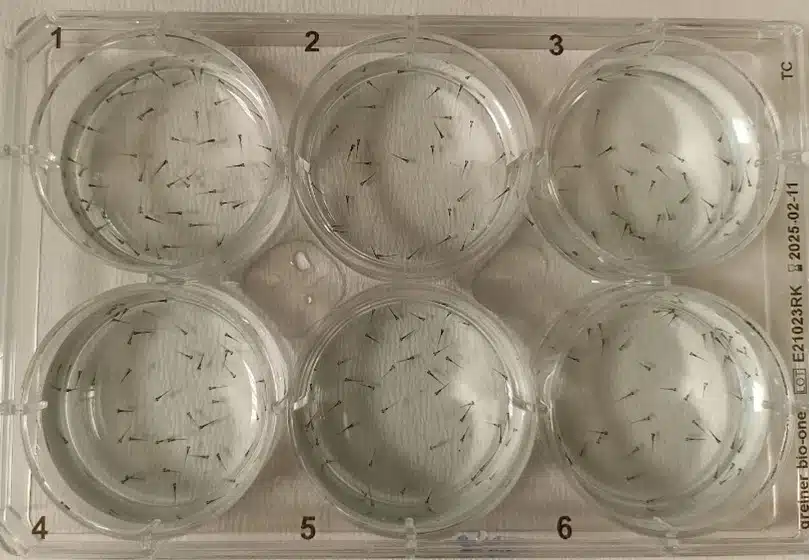
During her STSM in Türkiye, Olga helped to create a new DUAL zebrafish model that combines a high-fat diet with alcohol exposure. This model mimics the complex interactions behind conditions such as metabolic-associated fatty liver disease and drug-induced liver injury. Clear signs of disease were evident in both adult fish and larvae, including inflammation, liver damage, and metabolic stress. This work fills an important gap in preclinical tools and provides a powerful and cost-effective method of testing the effects of drugs and alcohol on the liver.
“Being part of this Action helped me connect with leading researchers in hepatology and toxicology across Europe.”
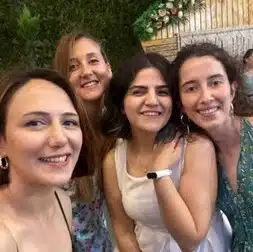
Olga also learnt how to adapt protocols for use in a real laboratory setting, including adjusting ethanol doses for zebrafish, managing water quality and handling small tissue samples. These hands-on experiences boosted her confidence in the lab.
Reflecting on her STSM experience, she said: “Participating in the COST Action and completing the STSM has been a transformative experience for me as a young researcher. One of the most significant benefits was the opportunity to work hands-on in a multidisciplinary and international research environment focused on liver disease, which not only expanded my technical expertise but also deepened my understanding of how complex pathologies interact with drug and alcohol exposure. Being part of this Action helped me connect with leading researchers in hepatology and toxicology across Europe. These connections have already led to productive scientific discussions and opened the door for future collaborations, which are essential for advancing my research career.”
STSMs strengthen technical abilities, build professional networks and boost confidence, all of which are key foundations for any young researcher starting their career. Following her successful STSM with a group in Türkiye, Olga presented a talk on her experience and key findings at the Young Conference Seminar Series, which was set up by Action DILI.
Lasting impact: from the COST Action to European leadership
The COST Action PRO-EURO-DILI-NET played a key role in establishing the European Association for the Study of the Liver Drug and Herbal & Dietary Supplement-Induced Liver Injury (EASL DHILI Consortium), one of the most important societies in the field. The consortium ensures the continuation and sustainability of the collaborative efforts and advancements achieved during the COST Action. The aim is to maintain momentum and further strengthen the research in Europe.
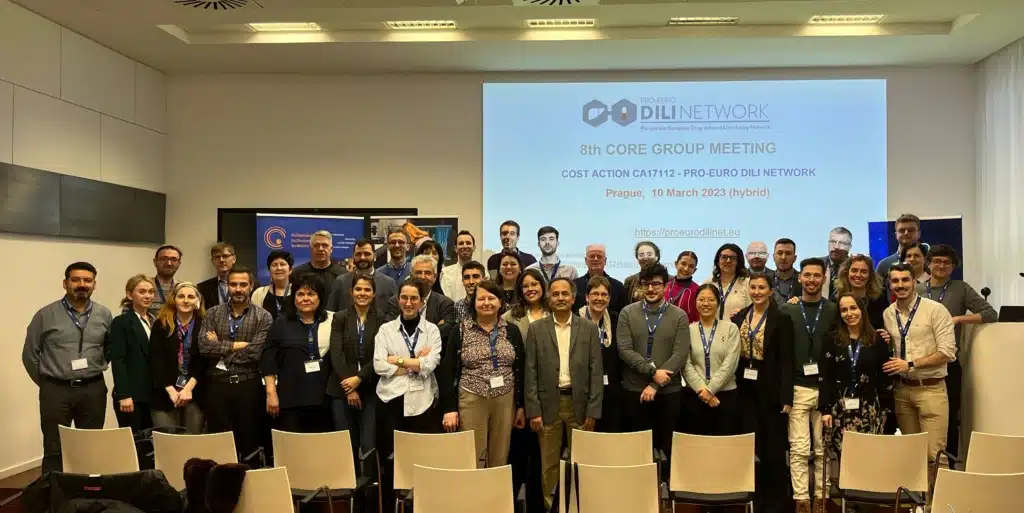
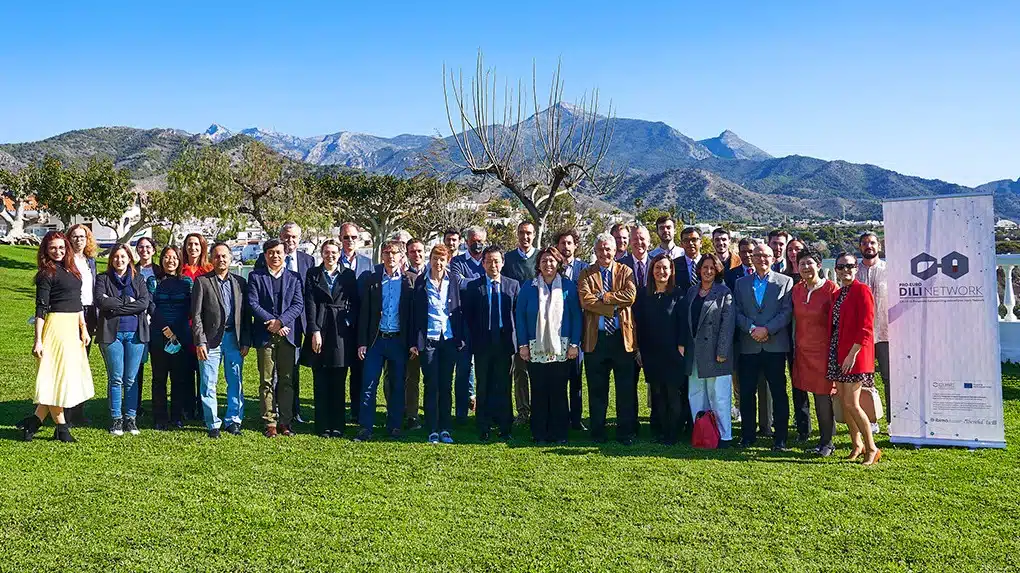
As part of the EASL DHILI Consortium, the network now not only focuses on the effect of drugs on the liver, but also on herbal products and dietary supplements, the effects of which on the liver are often understudied. This expanded research aims to protect patients more effectively and provide physicians and regulators with more reliable tools with which to assess the safety of these substances.
To maximise the synergies and the competencies of the Action network, members have been awarded a Horizon Europe grant, ‘Halt-RONIN’, to discover specific biomarkers for detecting DILI during drug development. All members of this consortium are former Action members. This highlights the continuity and strength of the network.
